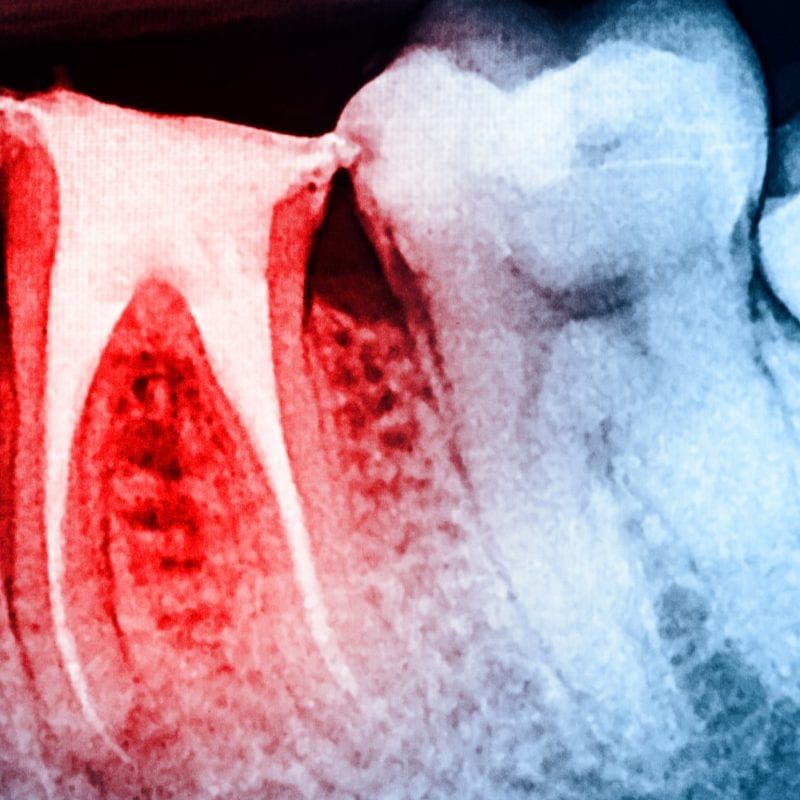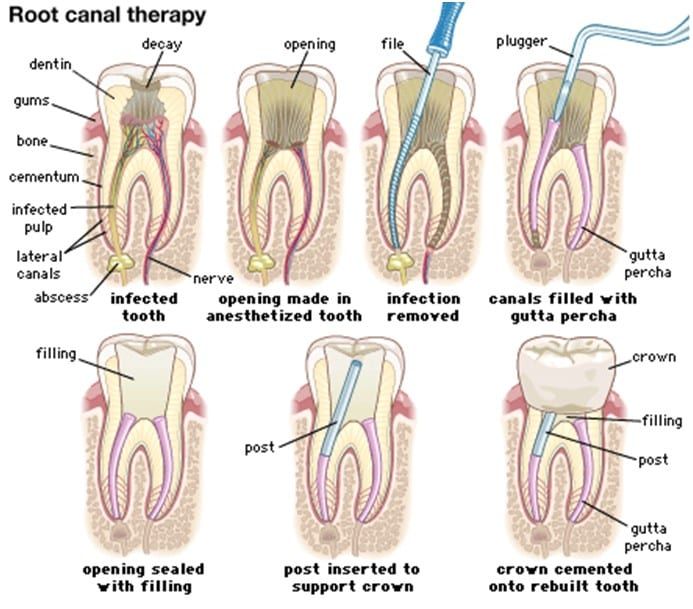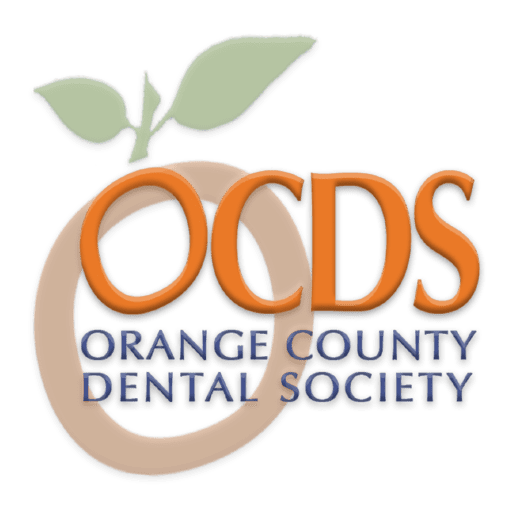Within the last 75 years of dentistry, there have been significant changes in the endodontic field. Some of those changes have been the introduction of dental implants, bonding materials, and new types of rotary files to reshape the root canals. However, the advent of these advancements has led to dentistry becoming multi-disciplined. It’s now rare to see practices that only specialize in one field, as today’s demands for dental care revolve around treatment options that require multiple areas of expertise to perform. Endodontics used to be a long-standing entity, but now it has become an explorative option for general dentists to attain. Endodontists looking to expand their services have to find alternative solutions to these demands, but what are today’s patients looking for when it comes to their treatment? In recent years, endodontics has recently been combined with restorative dentistry, creating a hybrid area that appeals to the root causes and desired aesthetics.
The Intimate Relationship Between Endodontics and Restorations
Endodontics needs to evolve to be able to treat patients more consistently with their demands for aesthetic value, and while many dentists have been adopting restorative measures into their practices, endodontics and restorations are the perfect combinations of aesthetic value and long-term value to help cure ailments faced by patient’s today. This means that treatments such as root canals are performed more conservatively, preserving the dentin and preventing the onset of endodontic failures. Restorative dentistry can help assist in preventing the onset of endodontic failures and help preserve the inside dentin and internal pulp of the affected tooth.
So why introduce restorative dentistry in endodontics? At first glance, it makes sense that the two fields would be compatible. Endodontics handles treating internal structures related to the affected tooth, while restorative dentistry works to protect those internal structures by replacing the outer exterior of the tooth. But more than that, restorative procedures help prevent the onset of endodontic failures, especially in cases where the dentin is heavily removed without consideration for alternatives.
However, even while it makes sense that the two specialties can work together, failures can still come about if they are not properly executed. In many cases, endodontic treatments for root canals are often caused by coronal leakage, where endodontic preparations for restorations can cause an increase in bacterial growth residing within the dentin. The excessive removal of enamel and even dentin for restorative preparation can cause larger than necessary openings to occur, which compromises the structural integrity of the tooth.
So, what’s the primary result of these types of failures? Excessive, overly exerted removal of the dentin layer. Endodontics and restorative dentistry can balance each other out but require more conservative measures to improve success rates. Thus, it all comes down to technique. Endodontically performed restorations can have a higher chance of lasting if performed through minimally invasive methods because the goal of endodontic therapy is to meet all biological requirements without compromising the long-term prognosis of the affected tooth.
Restorative Treatments and Methods Within the Endo-Restorative Hybrid
As we can see, there are several obstacles when preparing teeth for endodontic and/or restorative treatment, and there are many clinical considerations that need to take place to be able to properly handle cases of severe damage and decay. One particular issue of note is the failure of endodontically-treated teeth, where endodontists with restorative specializations or restorative dentists would need to repair the loss of structural integrity through restorations. However, these failures have resulted in newer methods through case studies and clinical trials, which include options such as:
- EndoCrowns: EndoCrowns are a type of prostheses that’s helped reduce and prevent the significant loss of coronal structure within the tooth by reinforcing the adhesion inside the pulp chamber. EndoCrowns have been introduced as an alternative to traditional crowns, as many who have received endodontic treatment don’t often qualify for traditional crowns due to the extent of dentin required to be removed.
- Fiberglass Composite Restorations: Many studies have found that fiberglass composite restorations are able to reduce the amount of microleakage compared to zirconia-based restorations, composite resin restorations, and metal-based restorations. Because of this, there’s been an increasing trend in fiberglass use to help provide adhesion to the dentin layer and protect the inner pulp from decay.
- Post-And-Core Restorations: After root canals, some endodontists have begun incorporating post-and-core restorations to help salvage the existing tooth, especially if there has been extensive removal of the inner pulp and dentin. These types of restorations help anchor the dental crown on top of the tooth to protect it from further damage and help eliminate the need for extractions and full restorative replacements.
- Dental Air-Abrasion Techniques: Among the various ways teeth can be prepped, air-abrasions is a minimally invasive nonmechanical technique that prepares the tooth using a narrow stream of aluminum-oxide particles. These particles help remove small amounts of dentin without heat, vibration, and noise, contributing to a more positive experience and better end results.
- Bulk-Fill Adhesive Materials: Bulk-fill adhesives are applied to the tooth using methacrylate bases, and while these materials tend to be less capable of handling stress, they can help replace areas of dentin as a preparatory stage for restorative treatments.
- Light Curing Regimes: When combined with bulk-fill adhesives, light-curing techniques can help strengthen the bond between the materials used and the dentin layer. In cases of endodontic restorations, light curing devices that deliver broader-light-spectrum or blue-visible spectrum light can be performed with better results if performed with more accurate curing times, correct angles, and air-cooling techniques to protect the outer tooth’s surface.
While many of the techniques and treatments listed above are able to help blend the two specialties, the current challenge faced by endodontists is to find techniques that mend the two disciplines together. Within these specialties, precise shaping, predictable obturation, and study-verified materials are needed to establish a better relationship. However, the trend of endodontic restorations is continuing to rise, and eventually, dentists everywhere will be able to find unique systems to prevent the onset of overly-removed dentin and damaged pulp chambers and help restore mouths with increased accuracy.






